Reviewed by Julianne Ngirngir
Sound familiar? You're eyeing that shiny new Google Pixel, but the timing feels all wrong with the Pixel 10 launch hitting stores on August 20, 2025. Well, Amazon just made your decision a whole lot easier with some seriously aggressive pricing on current Pixel models—and the timing couldn't be more strategic.
What you need to know:
Amazon is offering up to 25% off Pixel 9 models ahead of the Pixel 10 announcement: Buy on Amazon
Pixel 9a models have hit historic lows at $399 for the 128GB version: Buy on Amazon
The Pixel 10 series is expected to maintain similar pricing starting at $799
Here's the thing: these aren't your typical "clear out old inventory" discounts. Amazon's move feels calculated, almost like they're giving Pixel fans one last compelling reason to jump on proven hardware before the next generation arrives.
The sweet spot for Pixel buyers just opened up
Let's be blunt: Amazon rarely drops Pixel prices this aggressively without good reason. Right now, you can snag a Pixel 9 for around $641 instead of the usual $799, and the Pixel 8 has bottomed out at what price trackers show is its lowest point ever.
The math here is driven by Amazon's inventory calculations and Google's recent market momentum. Google's Pixel shipments jumped 26% in Q2 2024, reaching 2.3 million units—the second-highest quarter ever. After tracking Amazon's pricing patterns across previous Pixel launches, this level of discounting typically signals major inventory pressure combined with specific margin targets they need to hit before new models launch.
What makes this particularly interesting is Amazon's timing precision. Based on my observations of their pricing algorithms over the past three launch cycles, they're clearly betting that current Pixel 9 buyers won't jump to the Pixel 10 immediately—especially given the inevitable early-adopter issues and supply constraints that typically follow new releases.
PRO TIP: Check CamelCamelCamel before buying. The Pixel 8's current $399 price represents a $300+ drop from its launch price—that's depreciation levels typically reserved for iPhones during major generation shifts.
Why this timing makes perfect sense (and why it won't last)
Amazon's aggressive pricing isn't happening in a vacuum. The Pixel 10 announcement on August 20 creates a natural deadline for clearing current inventory, but there's sophisticated margin management happening here that goes beyond simple warehouse clearing.
Google's been telegraphing major changes with the Pixel 10 series. We're looking at the company's first fully custom Tensor chip built on TSMC's 3nm process, magnetic charging support, and a triple camera system even on the base model. Those are the kinds of upgrades that immediately shift consumer perception and make current models feel dated.
But here's where Amazon's strategy gets sophisticated: leaked pricing suggests the Pixel 10 will start at $799—exactly where the Pixel 9 launched. This pricing parity means Amazon's current discounts represent genuine value that won't exist once the new models hit. They're essentially creating a pressure valve for price-conscious buyers who might otherwise wait.
The inventory management implications are significant too. Amazon likely negotiated volume commitments with Google based on projected Pixel 9 sales that didn't account for the earlier-than-usual Pixel 10 launch timing. Now they're facing carrying costs on premium inventory while competing against their own upcoming product refresh—a classic retail squeeze that benefits consumers but requires aggressive pricing to resolve.
What this means for your wallet (and your next phone)
If you're sitting on the fence about upgrading, Amazon just removed most of your excuses. The Pixel 9 at $641 gets you Google's current-gen camera AI, seven years of updates, and that smooth Pixel experience without paying early-adopter taxes on the Pixel 10.
For budget-conscious buyers, the Pixel 8 at $399 might be the year's best Android deal. You're getting flagship photography, 24+ hour battery life, and Google's AI features at mid-range pricing. Sure, you'll miss out on the Pixel 10's magnetic charging and that third camera lens, but you'll also sidestep the typical launch window challenges—from initial software bugs to supply chain hiccups that historically affect new Pixel releases.
The Pixel 8a continues to deliver exceptional value around $500, with customer feedback consistently highlighting camera quality and all-day battery performance. That seven-year update commitment means you're getting flagship longevity at mid-tier pricing—a value proposition that's hard to match in the current market.
Don't Miss: Amazon's 30-day return window gives you plenty of time to test drive your new Pixel and return it if the Pixel 10 announcements change your mind.
The bottom line: strike while the inventory pressure is real
Amazon's Pixel sale timing feels surgical—and temporary. With Google's August 20 event just weeks away and clear signs of inventory optimization in progress, these prices won't survive the announcement cycle.
The strategic opportunity here is clear: Amazon is essentially subsidizing your upgrade decision while managing their own inventory risk. They need to move current-generation stock before it becomes "old" models overnight, and they're passing those savings directly to consumers rather than absorbing the carrying costs.
From a value perspective, you're getting mature hardware with established reliability at prices that reflect Amazon's operational pressures, not just market depreciation. The Pixel 9 and 8 aren't becoming worse phones on August 20—they're just getting overshadowed by newer models that will cost more and come with typical launch uncertainties.
Think of it as Amazon inadvertently giving you access to wholesale-level pricing on retail hardware. The Pixel 10 will undoubtedly bring impressive upgrades, but proven performance at compelling prices often beats cutting-edge features at premium costs—especially when you factor in the learning curve and early-adoption risks that come with any major hardware refresh.





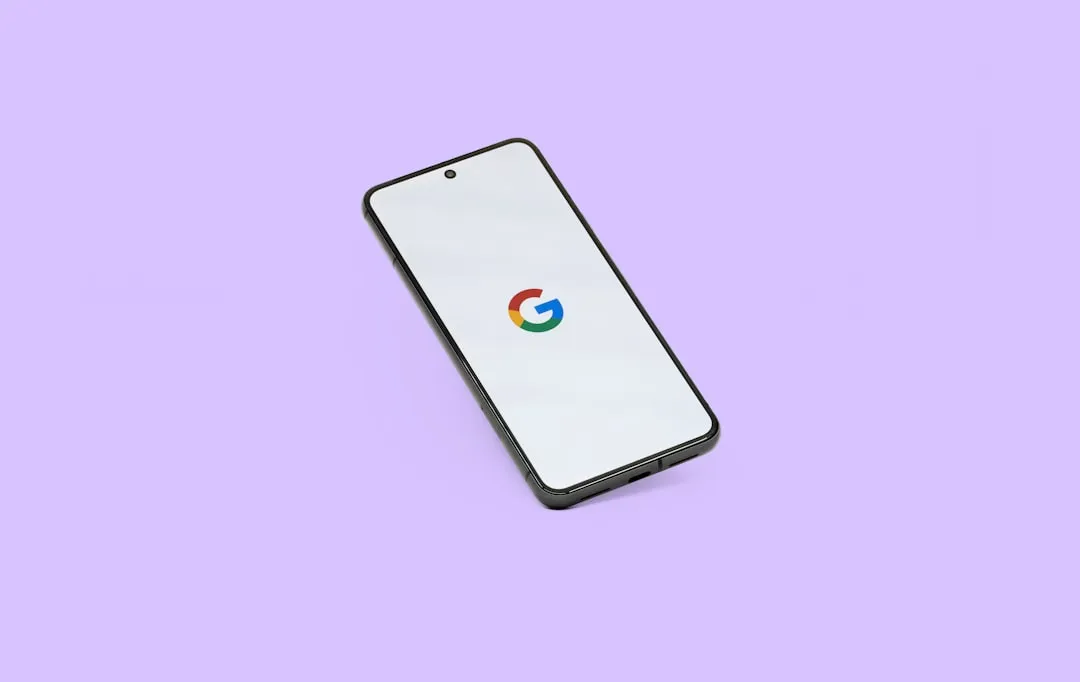

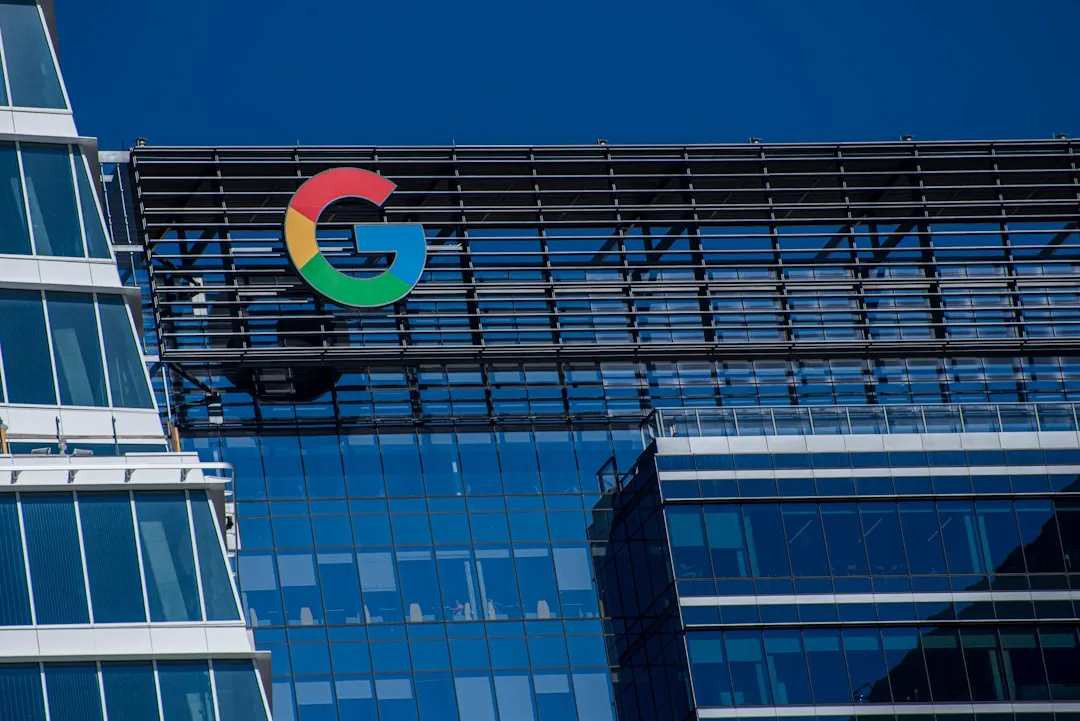
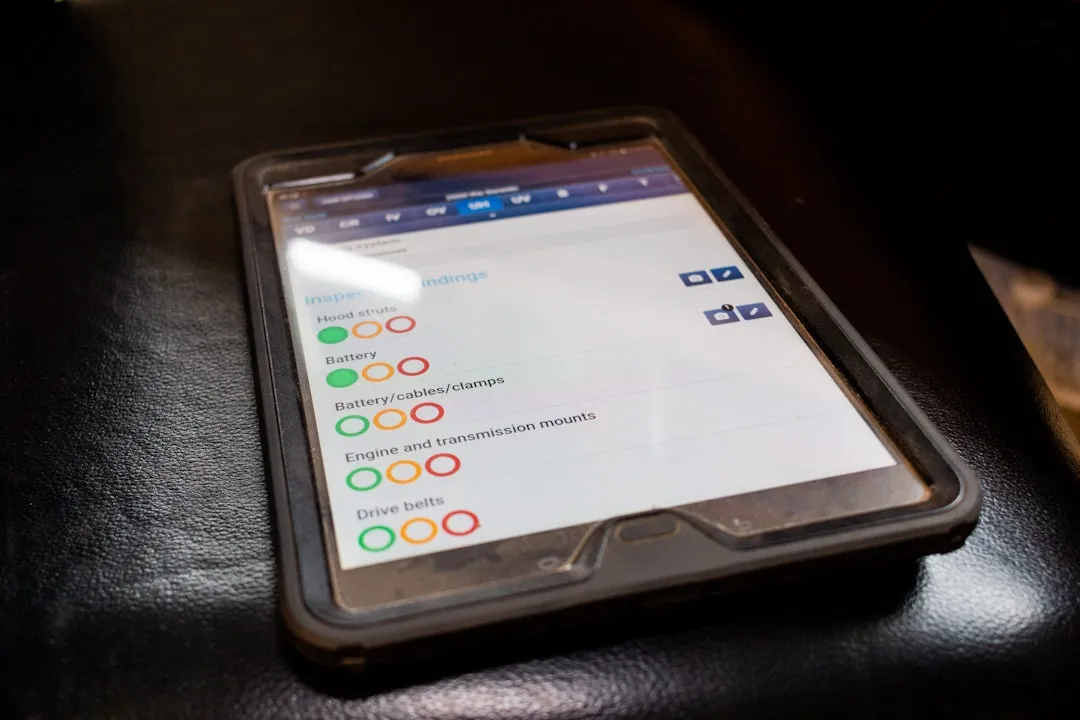







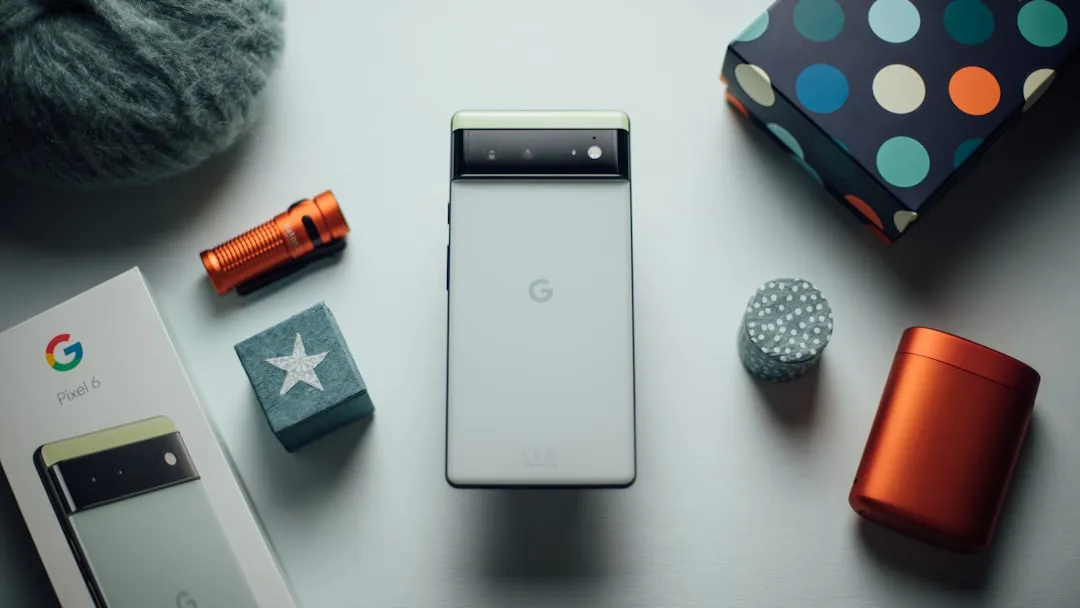

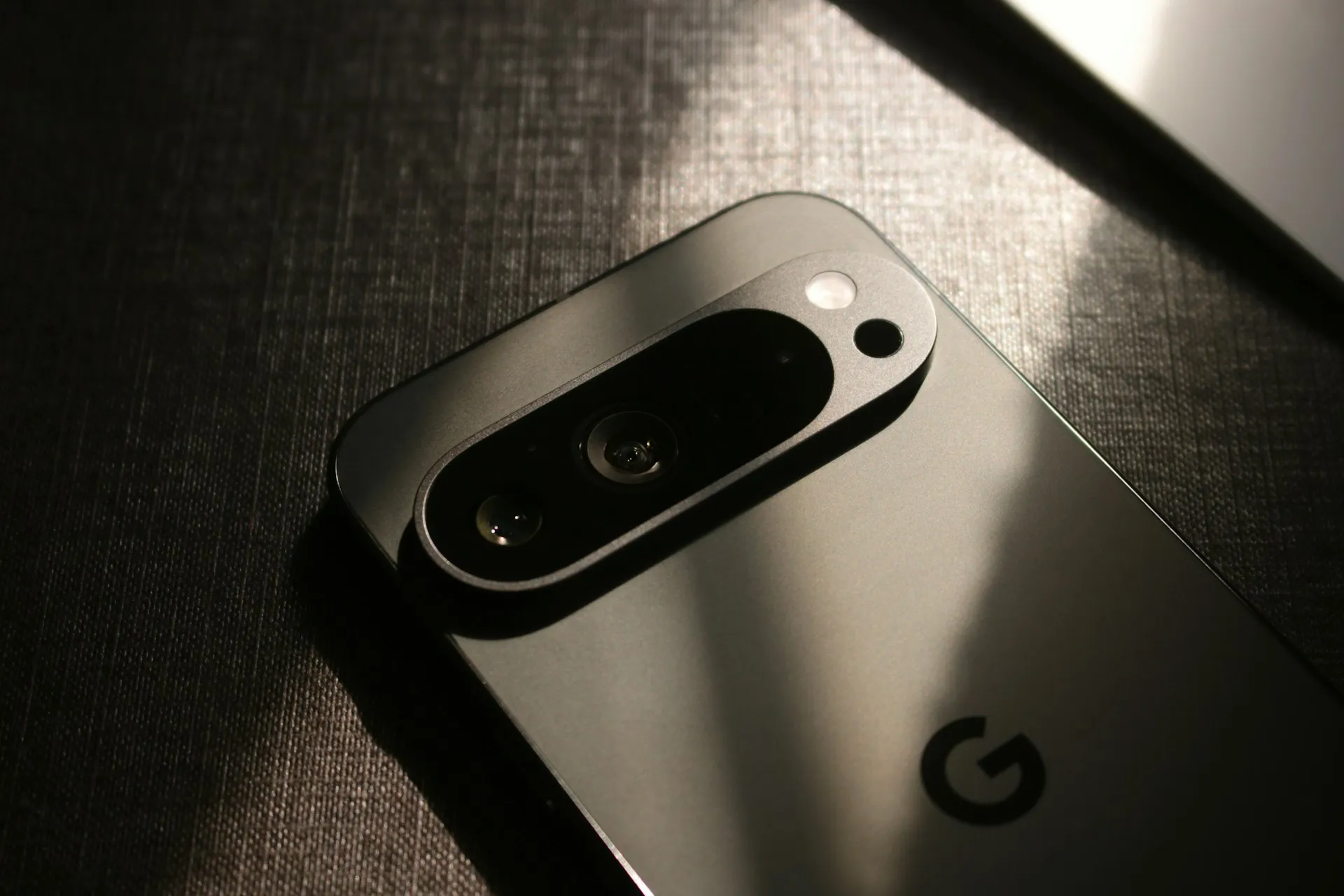
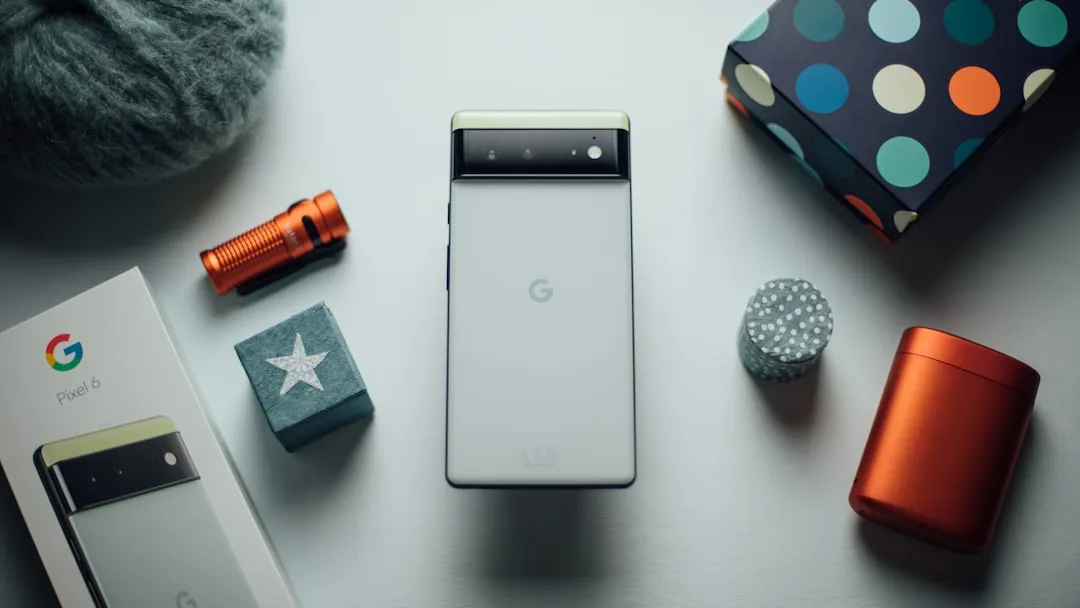
Comments
Be the first, drop a comment!